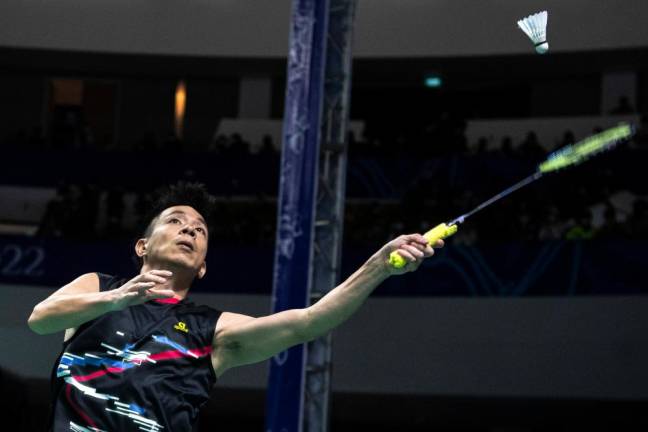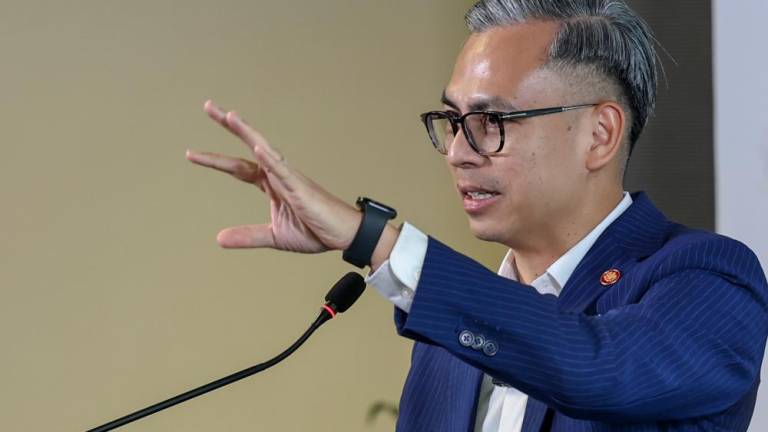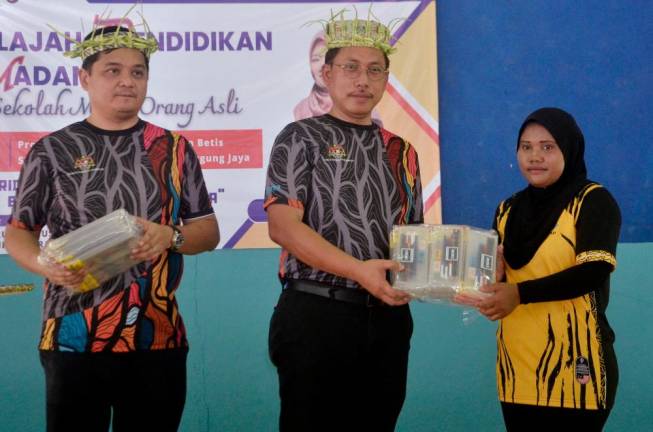TOUR leaders are appointed by outbound tour companies to escort local tour groups travelling overseas, and tourist guides are engaged by inbound tour operators to conduct tours within the country using tour buses, usually for groups of foreign visitors and sometimes domestic tourists.
Passengers in a tour bus normally comprise a foreign tour group, a foreign tour leader and a locally licensed tourist guide working on board. But oddly enough, participants in many travel industry seminars were unable to describe the basic job of a tour leader or tourist guide. They were at a lost for words when asked to define tourism.
Later, the most popular answer given was “Tourism is the activities of people travelling to and staying in places outside their usual environment for leisure, business or other purposes for not more than one consecutive year.”
Similar answers have been spoon-fed to tourism students in tertiary institutions, but academic definitions are of little use at the workplace. Tourism industry players ought to look at tourism as a gargantuan business that encompasses numerous sectors and overlaps nearly all industries.
Tour operators must identify all the money trails and scrutinise them, as a tour leader or tourist guide could earn more money than the tour company for handling a tour group. In any business, exploitations, pilferages, leakages and wastages can easily occur if owners are not on the ball.
Tour operators unable to distinguish the difference between domestic tourism and domestic tours will remain in limbo. The gross value of all tourism industries may be RM240.2 billion in 2019, but the combined share for outbound, inbound and domestic tours was only 1.8%.
Shares for outbound and inbound tours exceeded 0.8% each, and domestic tours below 0.2%. It is well known that Malaysians spent much more on overseas tour packages than domestic, and overwhelming proportion of revenue for local tour operations from inbound.
Lifting of interstate travel restrictions would immediately boost domestic tourism but not necessarily for domestic tours. This is because almost all activities and expenditures do not involve domestic tour operators, as domestic visitors can manage very well on their own.
Of the RM103.2 billion spent by domestic visitors in 2019, 37.8% were for shopping, 15% for automotive fuel, 14.3% for food and beverage, 10.2% in visited households, 8.4% for accommodation, 6.2% for transport, 5% for other activities and 3.1% on entrance fees, tickets and various types of value packages.
The top five main purposes for trips made by domestic visitors were for visiting relatives and friends at 42.3%, shopping at 35.4%, holiday, leisure or relaxation at 9%, entertainment or special event at 4%, and medical treatment or wellness at 4%.
As such, domestic tourism does not need much promotion. Lifting interstate travel restrictions would be like opening the floodgates. On the other hand, tour operators would have to compete for the relatively small number of people in the country checking out domestic tour packages.
Many could just be exploring the options available, similar to window shoppers that would later order online after inspecting the goods physically. Likewise, most domestic tourists prefer do-it-yourself arrangements, as they can easily obtain local transport through e-hailing.
For sure, the bulk of the business comes from inbound tourists, particularly tour groups that are transferred in tour buses from airports to hotels, sightseeing tours around cities that may include breakfast, lunch, dinner and show, and overland tours to other cities and resorts.
Until foreign tourists return in droves in 2024, the volume of business from domestic tours would be insufficient to sustain local tour operators.
One of the most effective ways to help them survive is to do away with the compulsory use of tourist guides for domestic tours.
Under the law, a tour bus with passengers must have a tourist guide on board unless exempted on a case-by-case basis. It can be a harrowing experience for passengers when overzealous enforcement officers stop a tour bus on the way to the airport to catch a departure flight.
While domestic tourism reached its acme in 2019, the growth of domestic tours using tour buses had been stunted. Trips were aborted by customers who did not wish to pay a few hundred ringgit per day for a tourist guide they do not need or want, more so when privacy is at stake.
Moreover, people are already using their smartphones to obtain information as and when they are needed, and are more comfortable than asking or listening to another person. Also, half the commentaries made by most tourist guides may be outdated, outmoded or not totally accurate.
Today, information and entertainment are virtually free. With physical distancing likely to be a permanent feature, a 40-seater tour bus could now carry only 20 passengers.
Whether bus charter rates are below or well above RM1,000 per day, the cost per passenger has doubled. And if customers are unfairly forced to pay for the service of tourist guide under the new normal, domestic tours will never take off and forever remain in the backwater, bogged down by regulation that have served only a few, but detrimental to the development of domestic tours.
In the past, some tourism businesses were able to generate maximum profit with minimum investment within the shortest time, but have been obliterated by the pandemic in no time. Herd mentality is preventing industry players from thinking outside the box to get out of the morass.
Due to lack of training, the level of knowledge, skills and hence professionalism among travel industry players are low. Only those who can distinguish the differences and discern the nuances are empowered to exploit and develop our tourism industry to its fullest potential.
YS Chan is an Asean Tourism Master Trainer for travel agencies and a master trainer for Travel and Tours Enhancement Course and Mesra Malaysia. He is also a tourism and transport industry consultant and writer.
Comments: letters@thesundaily.com














